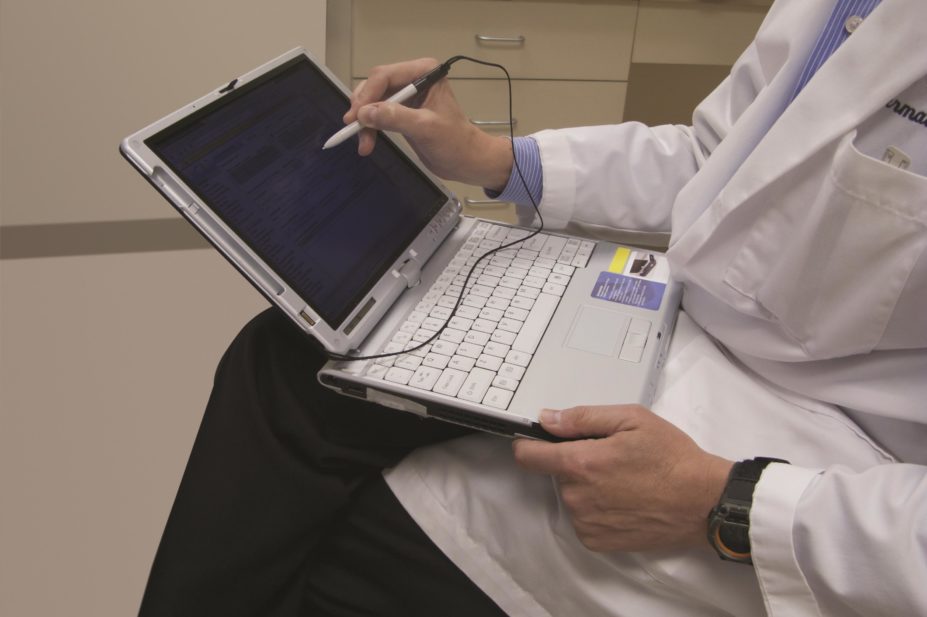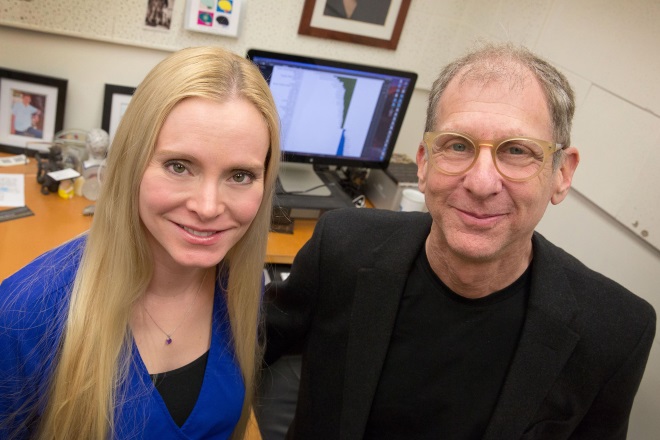
Shutterstock.com
Researchers from the University of California in Los Angeles (UCLA) suggest that screening of type 2 diabetes through electronic health records (EHRs) could potentially detect an additional 400,000 individuals with active and untreated disease in the United States, compared with conventional diagnostic tools.
In the United States, approximately 24 million people in the US have diabetes, but 25% of individuals with type 2 diabetes remain undiagnosed because mass screening of the disease isn’t regarded as cost effective. Conventional tools for diagnosing diabetes include measurement of glycated haemoglobin level, fasting and random blood glucose testing, and oral glucose tolerance testing.
A team of researchers[1]
led by UCLA’s Ariana Anderson from the department of psychiatry and biobehavioral sciences and Mark Cohen, a Semel Institute professor in residence, looked at whether EHRs could improve the screening of type 2 diabetes, even when records are incomplete and not recorded systematically.
The research team assessed EHR data (including a patient’s vital signs, prescribed medicines, and reported health problems) from 9,948 patients in the United States to establish a model to predict type 2 diabetes.
“The EHR phenotype models outperformed the basic screening model for detecting individuals at-risk for diabetes, for all thresholds,” the researchers say.
“The EHR had strong predictive power when excluding all physician-prescribed medications, suggesting that the diagnoses contain nearly the same information as the medications prescribed to treat them,” they add.
Along with the conventional risk factors for type 2 diabetes, the researchers found that other factors significantly increase the risk of the disease. These include sexual and gender identity disorders, viral infections and chlamydia and intestinal infections such as colitis, enteritis and gastroenteritis.
However, conditions such as migraines and cardiac dysrhythmias were negatively associated with the risk of type 2 diabetes, as were medicines such as depot medroxyprogesterone acetate, anti-anxiety and anti-seizure drugs.
The researchers also looked at whether EHRs could improve the screening even when records are incomplete and not recorded systematically.

Source: Reed Hutchinson / UCLA
The research team, led by Ariana Anderson and Mark Cohen (pictured), created an algorithm that could identify undiagnosed diseases through the analysis of medical health records.
“We didn’t omit any records which had limited information,” Anderson explains. “This posed a ‘worst case’ scenario for prediction… Extensive history on patients was not available – the database only covered three years of records. Similarly, many values were obviously missing – even though 18% of the sample had type 2 diabetes, only 1% of all the subjects had a recorded family history of diabetes.”
The researchers recommend implementing EHR screening algorithms not just for diabetes, but for other illnesses as well. “The study suggests that the residual information in EHRs can help identify who is likely to have a disease – in this case, type 2 diabetes,” Anderson adds. “We anticipate that the true value in these algorithms is to identify people who are at risk for rare diseases, where screening is impractical and not cost effective.”
Diptendra Sarkar, a fellow of Royal College of Surgeons in Edinburgh and professor at the department of surgery at the Institute of Post Graduate Medical Education and Research in Kolkata, India, was impressed by the study.
“Considering the poor cost effectiveness of population-wide screening of type 2 diabetes, a screening model based on EHRs can be effective not only in the United States, but also in developing countries such as India, where 65.1 million people (aged 20–79 years) [have] diabetes.”
References
[1] Anderson AE, Kerr WT, Thames A et al. Electronic health record phenotyping improves detection and screening of type 2 diabetes in the general United States population: A cross-sectional, unselected, retrospective study. Journal of Biomedical Informatics 2015. doi: 10.1016/j.jbi.2015.12.006


